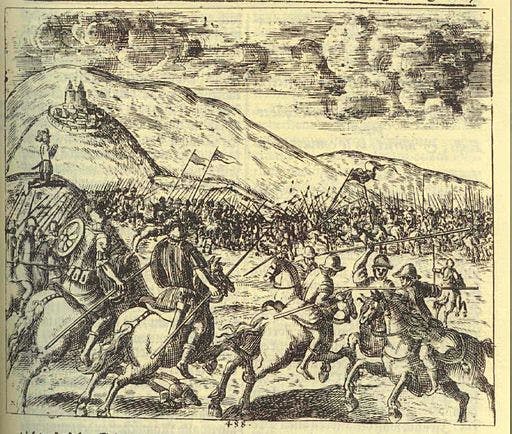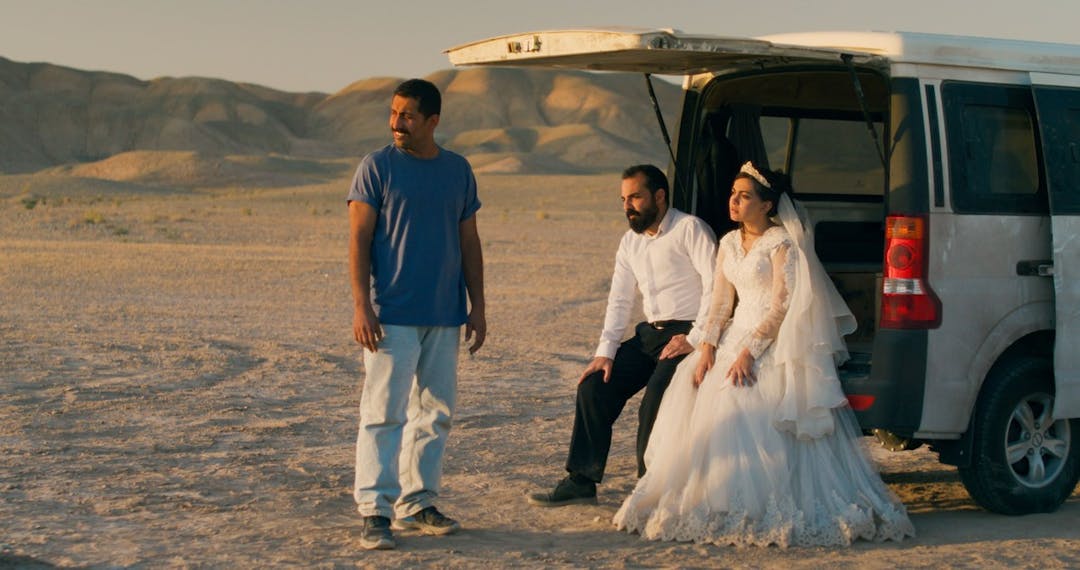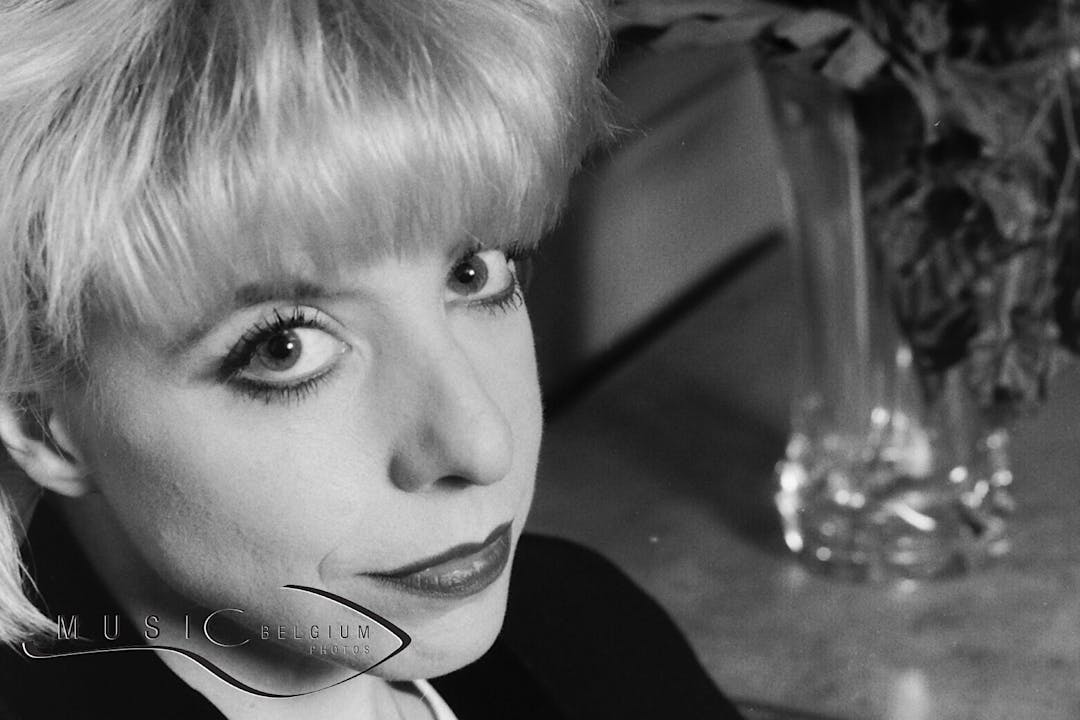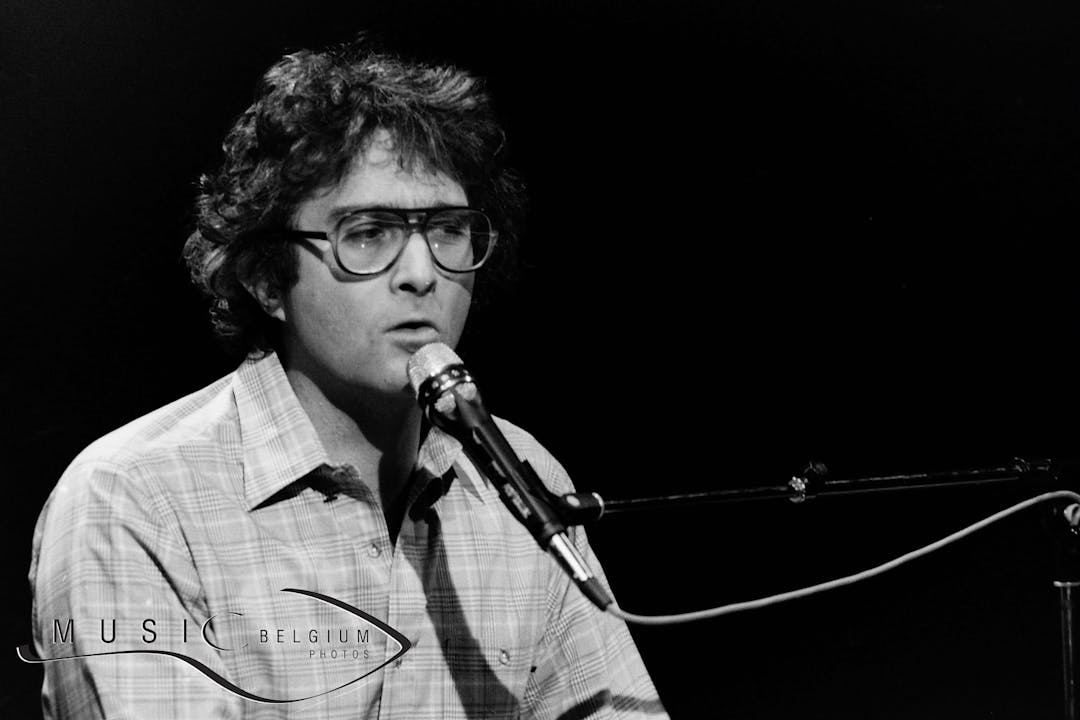
TAGTIK NEWS - TO THE POINT
Have we uncovered the last battle for the Roman Empire?

Remains found in western Slovenia point to a bitter struggle for victory.
Are archeologists close to resolving an enduring mystery about the Roman empire? In the year 394, opposing forces fought for control of the empire in western Slovenia. The battle is thought to have been fought in the Vipava area. While written records of the Battle of the Frigidus - or Frigid River - exist, its exact location is not known.
The conflict saw the armies of the Roman emperor Theodosius the Great face off against the rebel Eugenius. Theodosius' eventually won, although at a great human cost. It was always believed that the battle took place between Vrhpolje and Zemono Manor, where a local cultural association re-enacted the battle in 2009 and 2010. No evidence has been found there, but finds a bit further to the north, in the Budanje area, are interesting archaeologists from the National Museum of Slovenia.
Significant finds
Teams are using ground-penetrating radar and metal detectors to study a site linked to a late Roman military clash (3rd to 5th centuries AD). Finds include projectiles, iron arrowheads, and spearheads, many clearly twisted or damaged from battle. Curator Janka Istenič notes the spread of finds over a square kilometer indicates a preserved conflict at Budanje, but only part has been uncovered so far.
Further field research is required to determine if this is indeed where the Battle of Frigidus was fought. The site is already significant for the amount of material being found. "As a rule, most of the material remains were taken from the battlefields: first by the victors, who took the most valuable objects, then by many others, including the local people," Istenič says.
Battle of the Frigidus to be re-enacted in 2025
The Battle of the Frigidus is considered the determining conflict of the last Roman civil war. Theodosius the Great, who declared Christianity the state religion in 380, defeated Eugenius, who wanted to re-establish paganism. This summer, a re-enactment will attract about 15,000 visitors during the European Capital of Culture event in Nova Gorica and Gorizia.
(Michael Leahy. Source: The Slovenia Times. Photo: Johann Weikhard von Valvasor, Public domain, via Wikimedia Commons)
LATEST NEWS

Jafar Panahi Wins New York Award and is Sentenced to Prison by Iran

Born on December 2: Peter Kingsbery, founder of Cock Robin with firebrand Ana LaCazio

Born on December 1: Julee Cruise, "Twin Peaks'" haunting voice

Born on December 1st: Alain Bashung, French rock poet who waited a long time for success

Born on November 30: Billy Idol, the (kind) rebel of Generation X

Born on November 28: Randy Newman tells stories and makes movies
Quick links